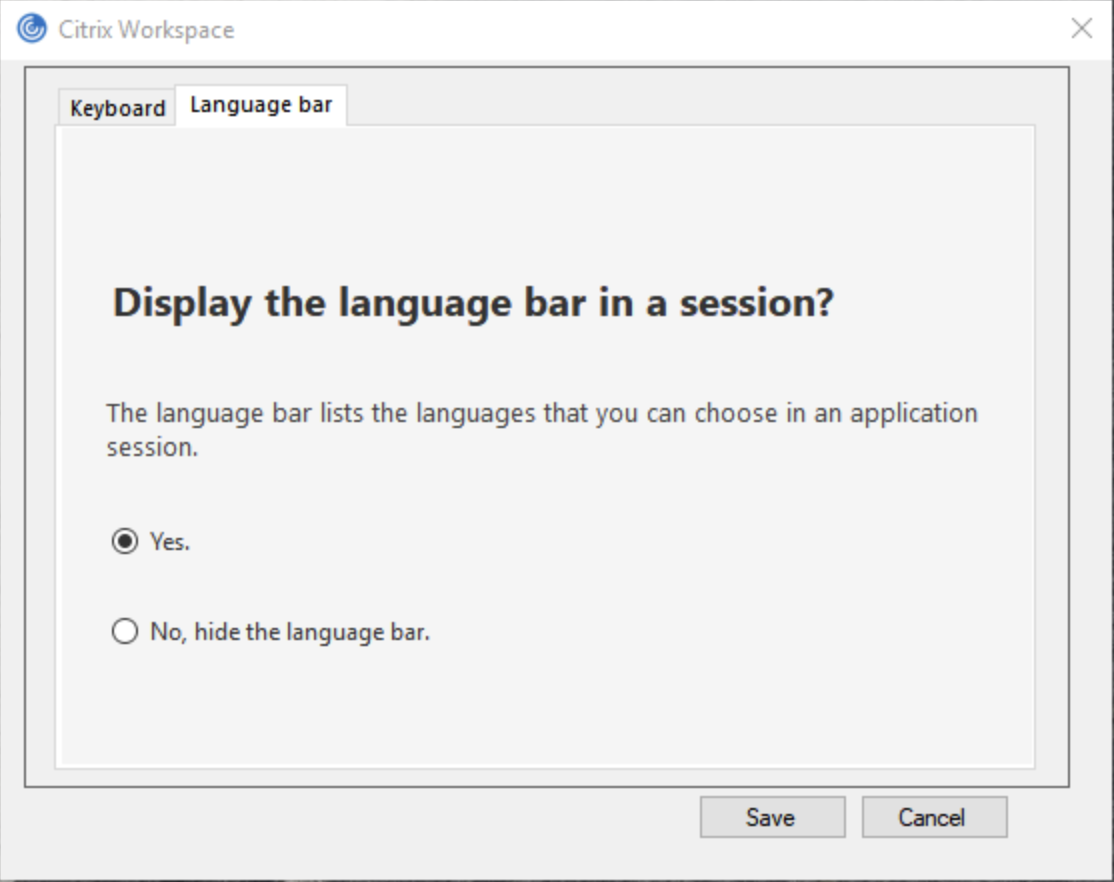
Still, if the memory management error is a relatively new phenomenon, you could try undoing some of your recent software installations to see if it fixes the problem. Software problems are a little more challenging to pin down. Note: It is best to perform two or three rounds of scanning since the process doesn’t always detect anything on the first attempt or fixes something else and needs to find more issues. Some users have found that their computers play nicer after a complete scan, even if nothing gets found. SFC Scanner will now run through your system, seeing if it finds any disk errors to fix.


Use the Win+R keyboard shortcut and type msconfig, then hit enter.To boot your system in Safe Mode, follow the steps below. If the problem still occurs, you may need to replace some faulty hardware.
If the memory management error ceases, you’ll know it isn’t hardware but rather something in the software, such as a patch in an update or a driver. Essentially, this shuts down any processes the computer doesn’t need.
This action allows you to check whether you still receive the BSOD Memory Management error. The first thing you should do is launch Windows 10 in safe mode with only basic drivers. Let’s take a look at what you can do to get this fixed. With Window’s ominous errors, such as this one, it may be challenging to know where to begin.īasic troubleshooting is essential to finding your memory management error. The first step in fixing any computer problem is isolating the issue’s source so you know what to fix.


 0 kommentar(er)
0 kommentar(er)
